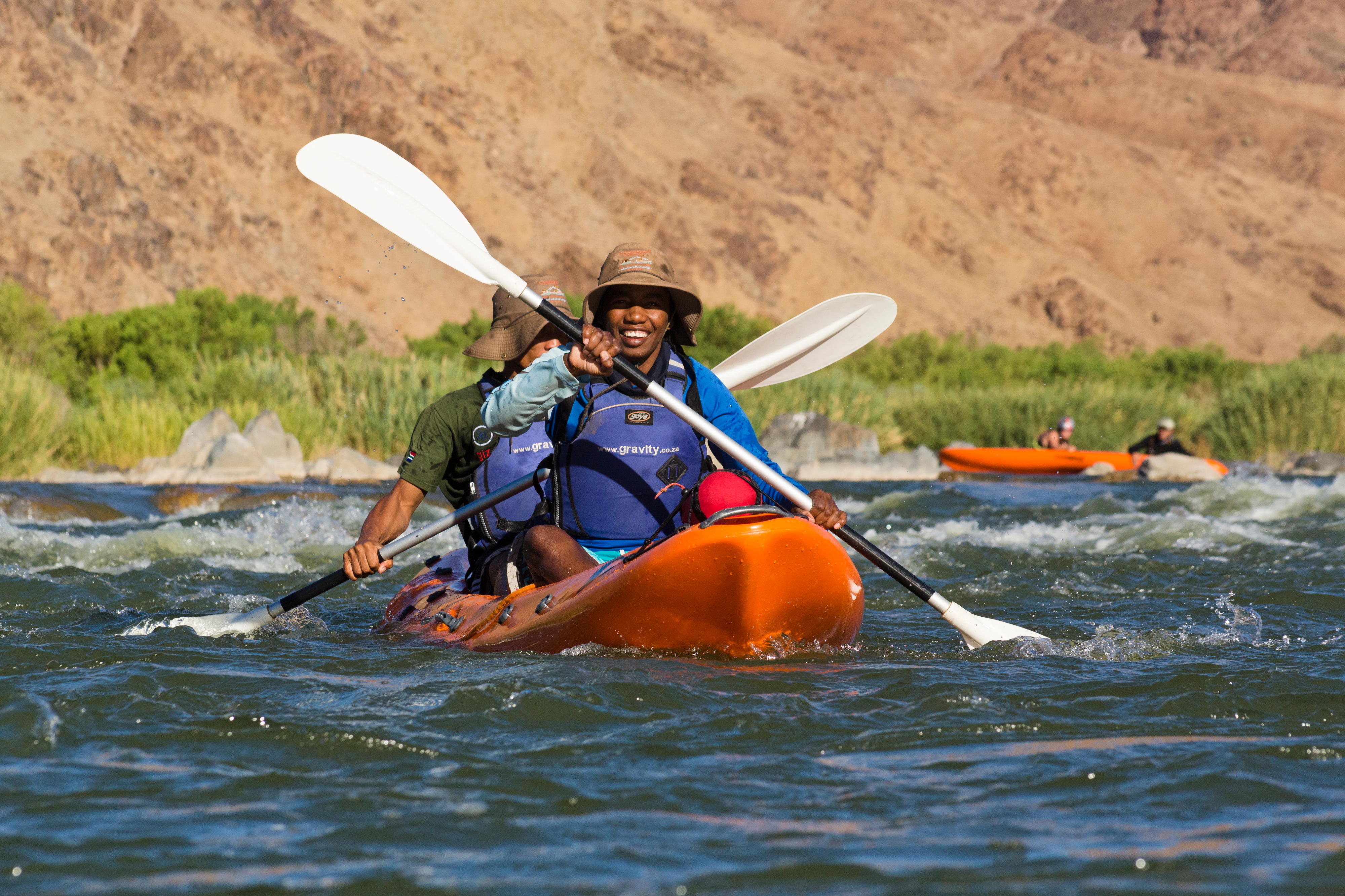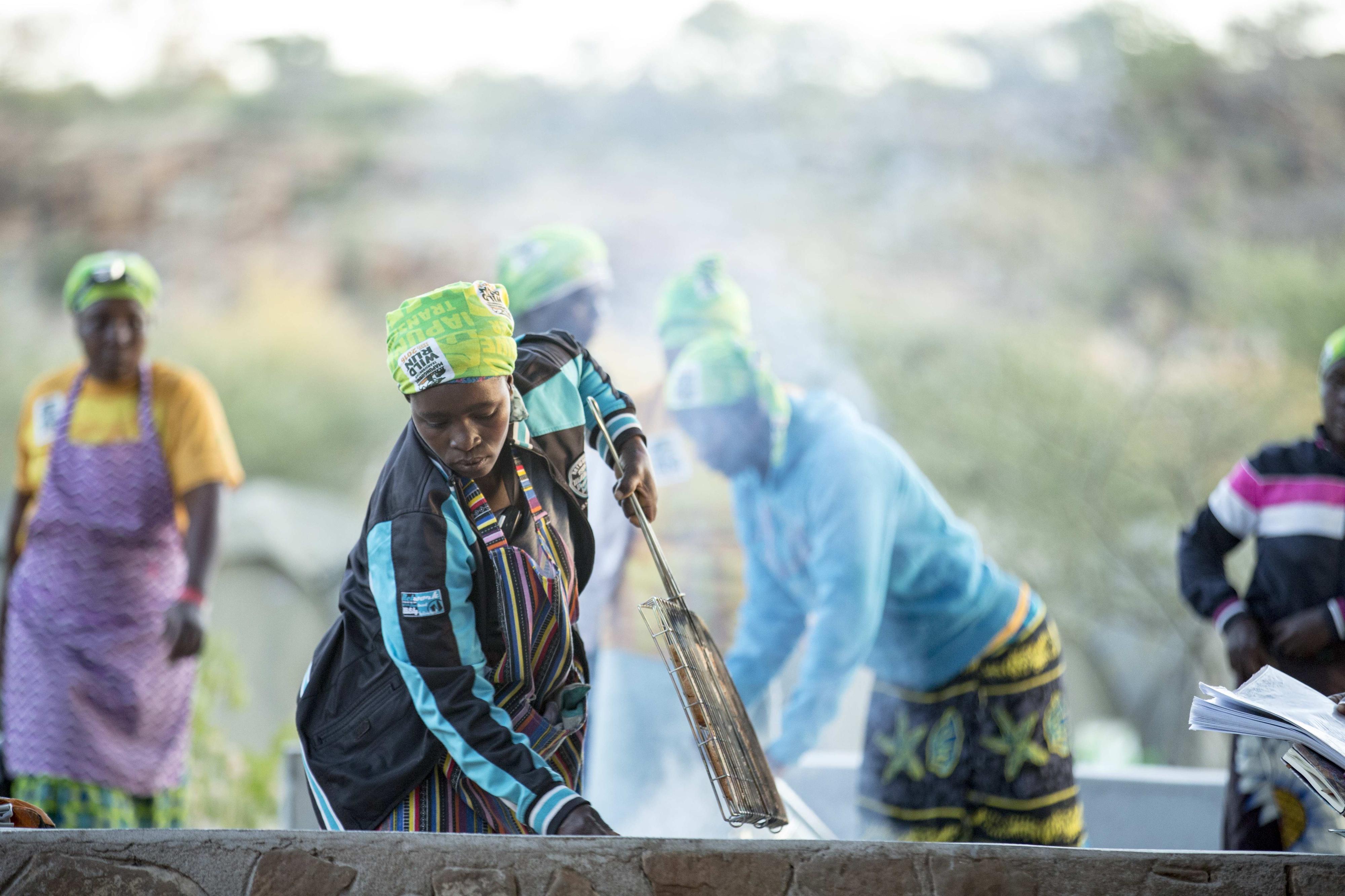Training for Desert Kayak Trail, Namibia
Copyright© Paul Sutton
Cooperation in action Southern Africa: Fostering cross-border nature tourism
Sustainable management of protected areas
The ecosystems of Southern Africa are under threat because of population growth and the resulting increased need for agricultural land. The deforestation rate in the region is the highest in all of Africa. Poaching remains a problem, including in protected areas.
In order to conserve biodiversity, the Southern African Development Community (SADC) supports the establishment of transboundary protected areas and helps develop programmes and strategies for their sustainable management. Germany is supporting this process through its programme for climate resilience and natural resource management.
Germany has been working with the SADC Secretariat to improve the marketing of transboundary protected areas and to develop tourism programmes together with international and regional tour operators. Since 2017, technical and financial support has been provided to Southern Africa in order to enable it to take part in international tourism fairs such as ITB in Berlin and World Travel Market (WTM) Africa in Cape Town.
Making sure that local people benefit from tourism value chains
Local people work as tourist guides for river and safari tours. They look after tourists and provide them with information.
The programmes are intended to ensure that local people will benefit from the protected areas. Transboundary tourism programmes help to create jobs. One example is the Desert Kayak Trail, which tourists can follow in order to explore the |Ai-|Ais/Richtersveld Transfrontier Park in Namibia and South Africa by water and by land. Another example is Kruger National Park on the border of South Africa and Zimbabwe.
There is also a hiking trail, the Mhlumeni-Goba Transboundary Trail, which encourages nature tourism in Eswatini and Mozambique. Local people are able to work as guides, look after tourists and provide lodging and food for them.
Project data
Envisaged duration: January 2021 to December 2027
Financial volume: 17 million euros (13 million euros from the BMZ; 4 million euros from the EU)
As at: 18/07/2024

